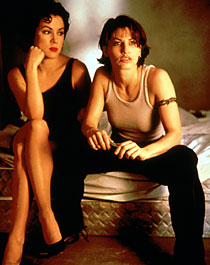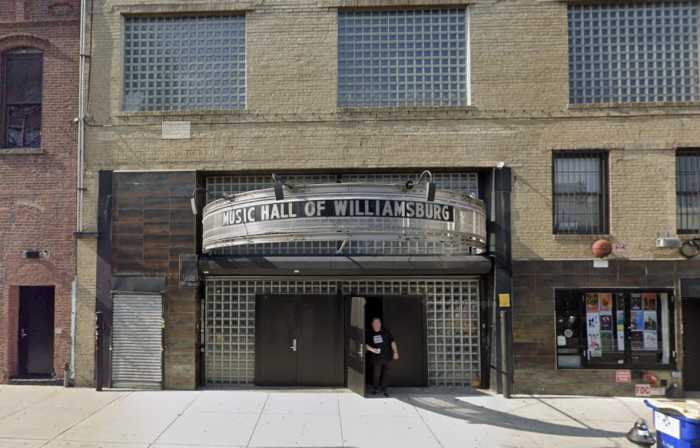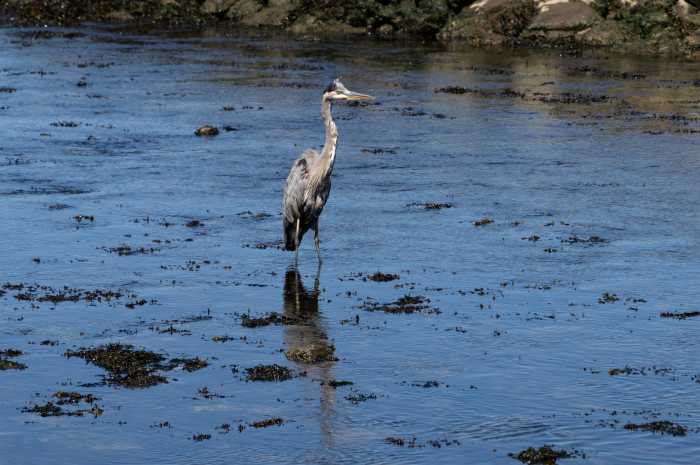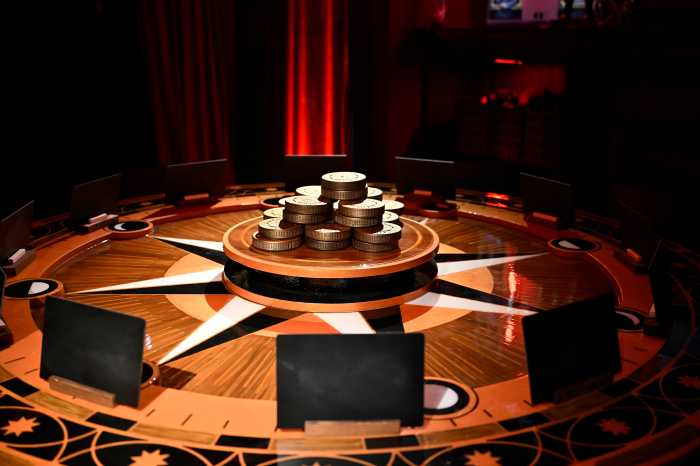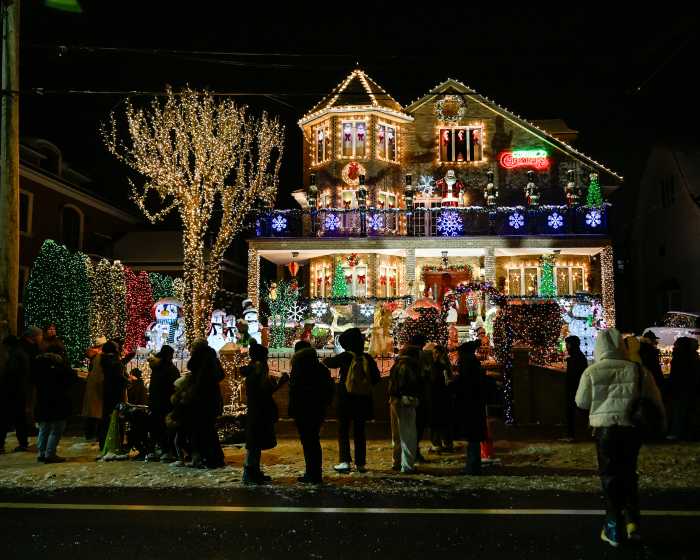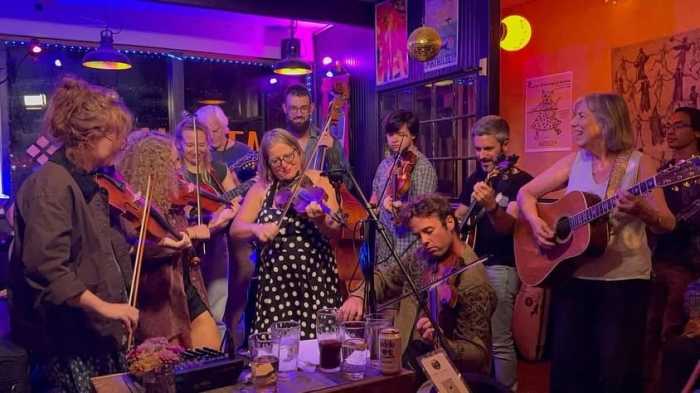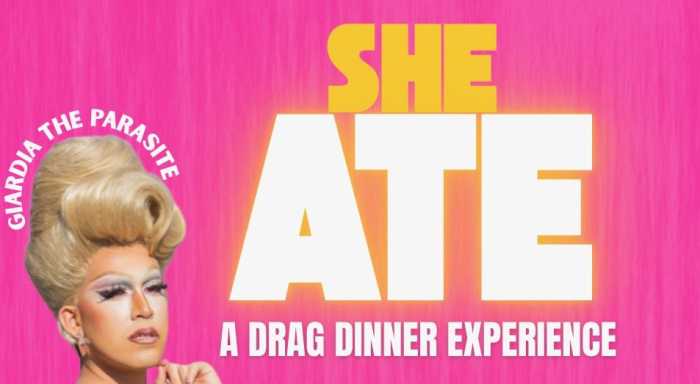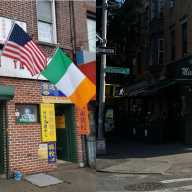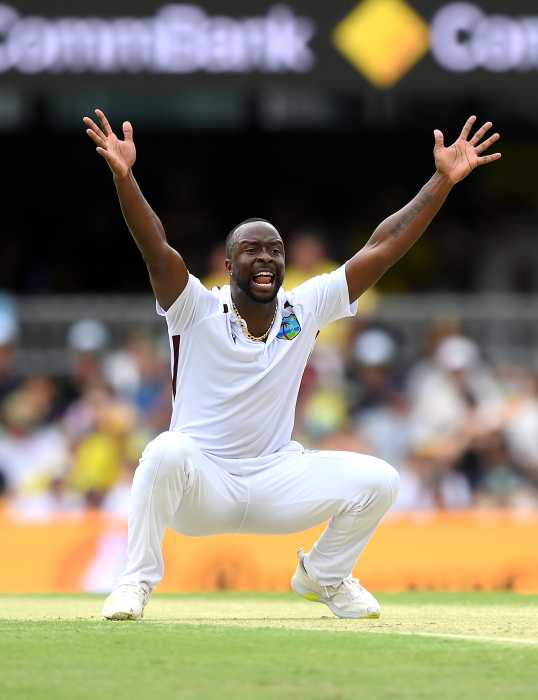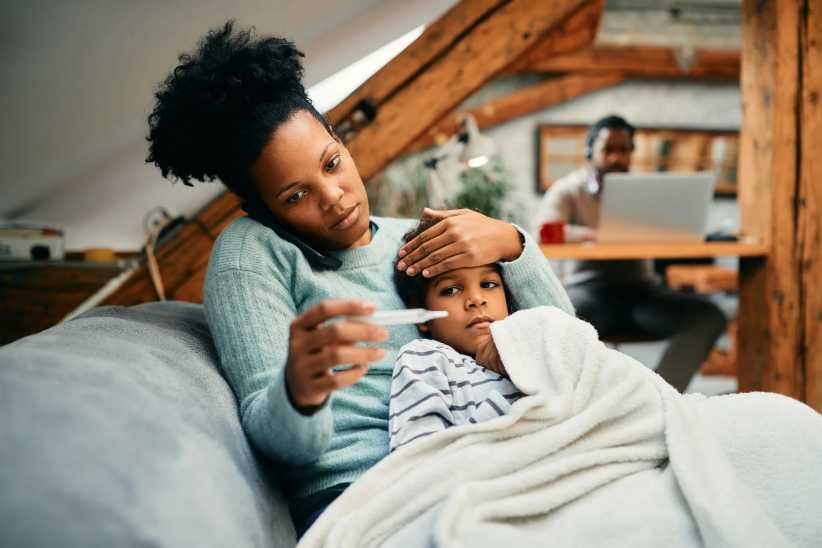Gays and lesbians have made it to prime
time – in a big way – on television shows such as "Queer
Eye for the Straight Guy," "Will & Grace"
and "The L Word." They’ve been there so long, in fact,
that "Will & Grace" just ended its final season.
It’s hard to remember that there was a time when gays and lesbians
on the big screen – let alone television – were hidden from view,
or hidden in plain sight.
There is quite a history of "queer cinema" and on July
16 the Independent Film Channel will premiere a fascinating documentary,
"Fabulous! The Story of Queer Cinema," which explores
the beginning, middle and no-longer-curiosity phases of this
area of film and film study. And there’s no end in sight.
Park Slope resident – and "very proud mom" of a P.S.
39 student – Lesli Klainberg last spoke with GO Brooklyn in 2004
when her film "In the Company of Women" played at the
Sundance Film Festival. Klainberg co-directed that documentary
on women’s place in the cinema and Lisa Ades produced it. Now
Klainberg and Ades have joined forces as co-directors on "Fabulous."
The filmmakers spoke with GO Brooklyn by phone last month about
how they made the decision to focus their energies on this sexy
topic.
"Lisa and I were working on a documentary project for the
Independent Feature Channel called ’Indie Sex Taboos’ about sexuality
in American independent cinema," recalled Klainberg. "While
researching it, we quickly realized there was a whole other world
within the independent film movement. It had always been in our
minds [after making ’Indie Sex Taboos’] to make a film on queer
cinema.
"We pitched ’Fabulous’ to IFC, because we have a long-standing
relationship with them and usually bring our projects to them
first."
IFC liked the idea and a new film project was born.
"This was too big a topic for ’Indie Sex Taboos,’ "
said Ades about the documentary that was shown on IFC in 2001.
"And it’s also very timely to do it now. When ’Brokeback
Mountain’ came out, everyone was interested in queer characters."
The filmmakers cover more than a half-century of gays and lesbians
in film, starting with indie film icon Kenneth Anger’s "Fireworks,"
made in 1947 when he was only 17 years old. (It should be noted
that it would be a generation before the term "independent
cinema" even came into existence. Anger was independent
before there was such a concept.) Beyond that, however, there’s
not much action until the ’70s, with the exception of what are
described as "physique" movies – body-building documentation
that could attract two different kinds of audiences.
Then John Waters made "Female Trouble" in 1974 and
Rob Epstein’s lesser-known-to-mainstream-audiences-but-seminal-documentary,
"Word is Out," reaches theaters in 1977.
But in the ’80s, queer filmmaking comes "out" big time.
In ’85, Gus van Sant makes "Mala Noche," Donna Deitch
makes "Desert Hearts" and the Academy Award-winning
documentary "The Times of Harvey Milk" is released.
AIDS breaks out in the mid-’80s and in 1986 "Parting Glances,"
the first feature film to deal with the plague and its effect
on the gay community, premieres. In fact, the AIDS epidemic seems
to push artists to make more challenging work.
All of this information is given to the viewer in a graphic timeline
that runs throughout the film and also through the words of experts,
professionals and fans.
In addition to a history of film, the timeline mentioned above
pinpoints cultural (pop and otherwise) turning points through
the years. This is an effective device whose purpose is to give
the viewer cultural touchstones.
"It can be a trigger for a topic we’re about to introduce,"
said Klainberg.
"And it can remind us of things we take for granted now,"
added Ades. Sure, everyone knows that Ellen Degeneres came out
on her television sitcom ("Ellen") but do you remember
exactly when? The timeline puts viewers in touch with all of
these moments and helps them to see the cinematic milestones
in a broader context. (Ellen’s character came out of the closet
in 1997, by the way.)
According to writer and critic B. Ruby Rich, who serves as a
personable, charming and witty historian, gay indie cinema exploded
at the 1992 Sundance Film Festival. Filmmakers who will become
icons of the movement all share this moment at the festival.
Present were Chris Munch with his film "The Hours and Times";
Tom Kalin with "Swoon," a re-imagining of the Leopold
and Loeb murder trial; Greg Araki with "The Living End";
Derek Jarman with "Edward the Second"; and on and on.
Todd Haynes, another indie "name," recalls that these
films were special for more than their subject matter.
"They were all experimental in form," he says, "not
just swapping gay characters for straight characters." The
reason for this moment could be the fact that in 1991 – the year
before – two queer films won the top jury prizes at Sundance:
Jennie Livingston’s documentary on voguing, "Paris is Burning,"
and Haynes’ dramatic feature, "Poison."
As these films were starting to change the landscape, however,
gays and lesbians were complaining about some of the characters
they found. Famed indie producer (and sometime writing partner
of Ang Lee, director of, among other titles, the aforementioned
"Brokeback Mountain") James Schamus points out that
some audience members complained about gays being characterized
as "bad guys" in "Swoon." And it hasn’t only
been indie films that have put gay murderers and psychopaths
on the big screen. Who can forget the uproar over gay and lesbian
villains in "Silence of the Lambs" in 1991 and "Basic
Instinct" in 1992?
In addition to the historians and experts who can cite chapter
and verse of watershed moments in the history of queer cinema,
Klainberg and Ades also interviewed gay and lesbian filmmakers
and actors who can recall personal moments of triumph and identification
with what they were – and weren’t – seeing on the screen.
Actress Heather Matarazzo, who made her film debut as a gawky
teenager in Todd Solondz’s 1995 film "Welcome to the Dollhouse,"
recalls a scene in that film where her character is derided as
a lesbian, and the actress thinks to herself, "Yeah, that’s
what I am."
Of course we know that gay and lesbian films have gone mainstream
when all the roles start going to straight actors. This had been
happening for a while, but when Hilary Swank won an Oscar in
2000 for her role in "Boys Don’t Cry," the floodgates
opened. The filmmakers look at this phenomenon as well as the
moments when celebrities started coming out of the closet.
With so many issues to cover, does "Fabulous!" cover
it all?
Klainberg said, "Lisa and I would be loath to say that this
is a definitive documentary on queer cinema. There is so much
material, so much ground to cover, and understanding how the
pieces fit in."
So a definitive treatise "Fabulous!" is not. But an
incredible compendium of the pioneers – and heirs – of queer
cinema it most certainly is.
Marian Masone is managing
director of the New York Film Festival and associate director
of programming for the Film Society of Lincoln Center, where
she is on the selection committee for New Directors/New Films.
"Fabulous! The Story of Queer Cinema"
will premiere on the Independent Film Channel on July 16 at 10
pm.


